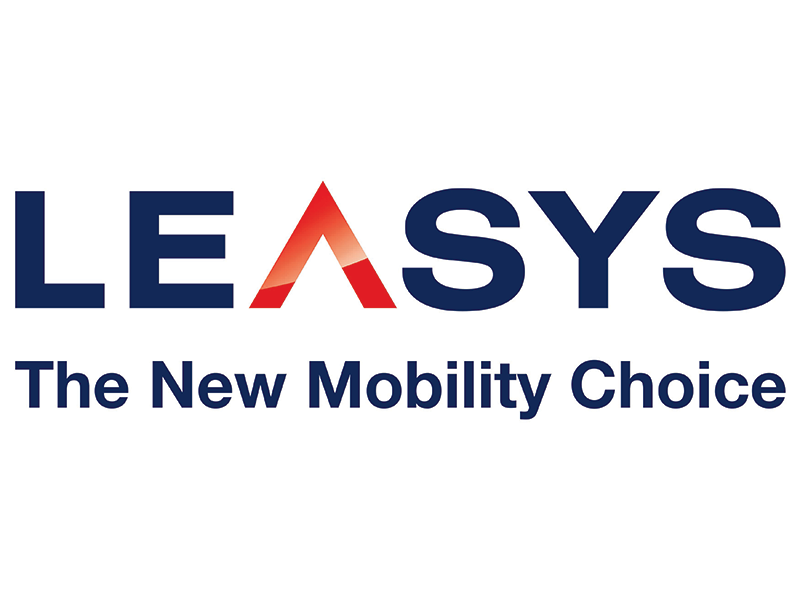An interactive Driving for Work Policy Builder to help companies running fleets tackle their legal responsibilities is now available in the UK.
Simon Turner, campaign manager at Driving for Better Business, a free-to-access government-backed National Highways programme, explains the benefits for operators.
There are almost 40,000 injuries on Britain’s roads each year that involve someone who was driving for work. If you want to ensure your employees are not part of the problem, it’s vital to set out the importance of driver safety – and the good practice standards you expect when your staff are driving for work.
Our latest research finds that over a quarter of UK firms whose employees drive for work have no policy, and more than a quarter have not reviewed their policy in the past three years.
That’s where the new ‘Driving for Work Policy Builder’ from Driving for Better Business can help.
Free to use, the policy builder gives you access to a template that ensures you meet legal and compliance standards.
Once you’ve created your profile, you’ll be able to access a driving for work policy template and create a policy document that meets legal and compliance standards. In addition, users will get email alerts for any changes in guidance or legislation that could affect your policy.
We recognise that there’s no ‘one policy fits all fleets’ so this is a template to cover most road-risk challenges that employers face when running a typical fleet.
Keep up to date
To be legally compliant, your policy needs to be up to date and reviewed regularly – and owned by a director or senior manager who has overall responsibility for it. Through our working relationships with the HSE, DVSA, DfT, TSO (which produces the Highway Code) and, of course, National Highways we are able to provide authoritative and timely updates whenever official guidance or legislation changes. Signing up to the policy builder means that we can keep you informed when there are any important changes. We’ll also send you an annual reminder to review your policy to make sure you include any changes or updates that have occurred since you last reviewed, so that you remain legally compliant. Users need to check the policy wording and amend where necessary, to ensure it meets their specific needs. Fleet opera- tors with less common risks, such as trans- porting hazardous goods, need to add this wording themselves to ensure these risks are covered.
Staff on side
Increased engagement with the workforce – essentially helping to get driver buy-in – must be realistic, consistently applied and reinforced on a regular basis. A good starting point is to bring your drivers in at an early stage. Invite them to tell you what increases risk to their own journeys and how that might be avoided.
Drivers need to see how the policy would benefit them and how it can be easily followed, without anything interfering with their ability to comply. Furthermore, it is essential that everyone in the business sticks to the same rules. Punishing van drivers for using a mobile phone will not go down well if managers and directors routinely get away with the same behaviour.
Keep up to date
To be legally compliant, your policy needs to be up to date and reviewed regularly – and owned by a director or senior manager who has overall responsibility for it.
Through our working relationships with the HSE, DVSA, DfT, TSO (which produces the Highway Code) and, of course, National Highways we are able to provide authoritative and timely updates whenever official guidance or legislation changes.
Signing up to the policy builder means that we can keep you informed when there are any important changes.
We’ll also send you an annual reminder to review your policy to make sure you include any changes or updates that have occurred since you last reviewed, so that you remain legally compliant.
What should be included in a driving for work policy?
- A policy statement that explains to drivers why the policy exists
- A driver section covering licence checks, medical conditions, driver competence and fitness to drive
- A vehicle section including roadworthiness, loading, security and private use of vehicles
- A journey section including driving standards, use of mobile phones, dealing with fines and penalties
- A grey fleet drivers’ section – for those employees who use their own car for business journeys











































